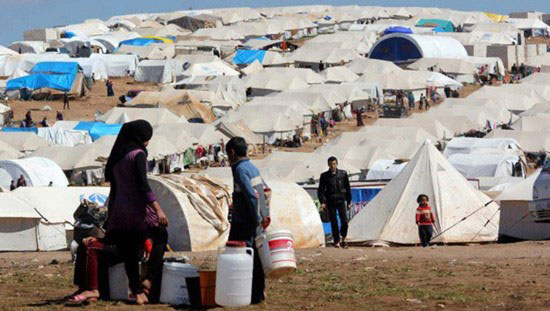Currently, 3.5 billion people are living in cities, while the rest are residing in the countryside. However, by the year 2050, over 75% of the world’s population will be residing in cities1. This growth does not come without challenges. Lack of resources, natural disasters, and political and economical circumstances are obstacles that prevent the majority of the world’s population from finding a livable place to reside. Design and architecture are to play a critical role in overcoming these challenges which grow increasingly complex due to (1) Global Warming (2) Gentrification and Segregation (3) Migration and Refugee Crises and (4) Inadequate Farming. The role that Public Interest Design, and more specifically, the Open Architecture Collaborative will play is to tackle these challenges within our built environment before the goal of creating livable spaces for everyone becomes tougher to achieve.
The purpose of design is to understand the challenges. We start by allowing the community to take on a participatory role in elucidating the challenges that arise within their neighborhoods and offering solutions. We ask, what can we learn from the communities to improve their living conditions? It can be as simple as contributing to sustainable design solutions – what is the right amount of light, airflow and natural ventilation to keep homes a steady temperature year round. It can also be complex. How can design respond more quickly and effectively in times of natural disaster? How can design become preventative, yet, still be one with the Earth? The questions do not stop there, nor are these necessarily the “right” questions. Every project has its own set of challenges and the designer must discover the right questions for each one. Moreover, given the resources at hand, s/he must also coordinate the best use of local materials, traditional crafting methods and also figure out how to build with recycled materials.

While the purpose of design is to understand the challenges, architecture is supposed to solve those challenges and make a contribution to society. The role of architecture is to give form to the places we reside. We, the architects, are to give aesthetic quality to the places where people live, regardless of economical, political and societal constraints. We are to give “Life”. Life is not just about satisfying basic needs, a goal we sometimes struggle to achieve today, as witnessed by ongoing refugee and immigration crises around the world2. Rather, life is what architecture achieves when it creatively marshals the scarce resources of a community and transforms a mere shelter3 into a home. The architect’s mission is to work within the boundaries, reshaping them into optimal forms. Architecture is about and for the people.

Today, we have a better understanding of the issues that should influence how we design buildings, the communities and even cities. Yet, more often than not, we design in a vacuum. It is our responsibility to engage in broad conversation that allows us to be better informed about a project and enables us to create a better form that gives Life to the community. That is why I believe that we have to revert back to the original role of architects4 and be able to engage with the general public and other fields, such as economists, sociologists, environmentalists etc. We have to have the ability to speak and understand the various challenges and languages that accompany them before implementing a design solution into our proposals. What I look forward to as my role in Opening Architecture, are resolving these challenges one project (building, community and city) at a time. As they say, inch by inch is a synch; yard by yard is very hard. Join us in the global conversation process that grants access to architecture for everyone as we ask “How do you Open Architecture?”. #iOpenArchitecture.
1. UNICEF
2. UNHCR
3. I take this to mean anything from refugee camps to subsidized housing
4. Vitruvius: The Ten Books on Architecture – the Education of the Architect pg 5-11
[separator type=”thin”]
Maryam Eskandari is on the Board of Open Architecture Collaborative, Principal at MIIM Designs LLC and is an Adviser for History of Art and Architecture Harvard University
This piece has been reprinted from OpenArchCollab.





